Details
Author
Sade Donatien Alphonse François, Marquis De
Keyword
Littérature|Envois autographes, dédicaces manuscrites
Binding description
broché
Description
- S.n. , s.l. août 1808, in-8 (17,5x21,5cm), (40f.) (3f. bl.), broché sous chemise et étui. - SADE Donatien Alphonse François, Marquis de Les Antiquaires. [The Antiquarians] Unique complete autograph manuscript [Charenton asylum] August 1808, in-8: 175 x 215 mm (6 7/8 x 8 7/16 "), (40 f.) (3f bl.), original wrappers The complete original manuscript of one of Sade's first works, ruled in pencil throughout, comprising 40 leaves written recto and verso. This manuscript, like the other extant items from the Marquis, was dictated to a scribe and corrected by Sade himself. Contemporary green paper wrappers with a small lack to middle of spine. Ink title, partly erased, to upper cover: 9/ Net et corrigé en août 1808 - bon brouillon. Les Antiquaires. Comédie en prose en 1 acte [Copied and corrected August 1808 - a good draft. The Antiquaries. A prose comedy in 1 Act]. This title is repeated on the verso of the upper cover. Numerous manuscript corrections, annotations and deletions in Sade's hand, principally adding blocking, and rich in both stage and acting directions. Written in 1776 and re-copied at Charenton in 1808, and most likely augmented at the time with various topical references - notably including an allusion to Napoleon, "of whom he was hoping, in vain, to receive permission to leave the asylum at Charenton as a free man" (p.94) - Les Antiquaires is one of the first theatrical pieces written by the Marquis and therefore one of his first literary works overall, written eight years before the Dialogue entre un prêtre et un moribond [Dialogue Between a Priest and a Dying Man]. Though the precise dating of these pieces is made difficult due to the lack of the original manuscripts, several clues have allowed bibliographers to date the initial composition of this piece to 1776, possibly with a corrected version during the Revolution and a few final changes at the time of this last edit, which is today the only extant manuscript of this play. These clues include the status of the Jewish and English characters, the style of the dialogues, and Sade's correspondence with theatres; the strongest clue being biographical in nature. Les Antiquaires can essentially be considered the true "theatrical version" of Sade's Voyage en Italie with which it shows a sustained intertextuality. The play is about an antiquary - in the 18th century sense of the term, which is to say a learned devotee of Classical culture - who wants to marry off his daughter to a friend with the same passion, who nonetheless finds a way of convincing him to let her marry her young lover. Whether it be in the learned dialogues of the antiquaries or in their eccentric parody by the young lover imitating them, Sade draws upon his own experience and observations from his travels, which he expands or twists, according to the viewpoint of his various characters. Hence, the description of Mount Etna by the lover - Delcour - is a parody of Sade's detailed description of the Pietra Malla volcano, and the made-up "subterranean tunnel linking Etna to America" is directly inspired by the tunnel of the Crypta Neapolitana, described by Sade in his Voyage. The Marquis would reach back to this same experience of volcanoes in one of the most famous scenes in his Histoire de Juliette. Barely returned from his latest grand tour and almost at the same time as writing his passionate and detailed account of the experience, Sade was thus also writing a satirical version of his own work (until his problems with the military authorities). The work is at the same time a social critique of pointless erudition and a self-mockery of his own passion for history and of his "zeal to see everything, his insatiable curiosity" (cf. Maurice Lever, preface to Voyage en Italie). This virulent satire is paradoxically twinned with a very erudite display of the author's knowledge of the latest architectural discoveries and the major contemporary questions in the field. This was, in fact, the element cr
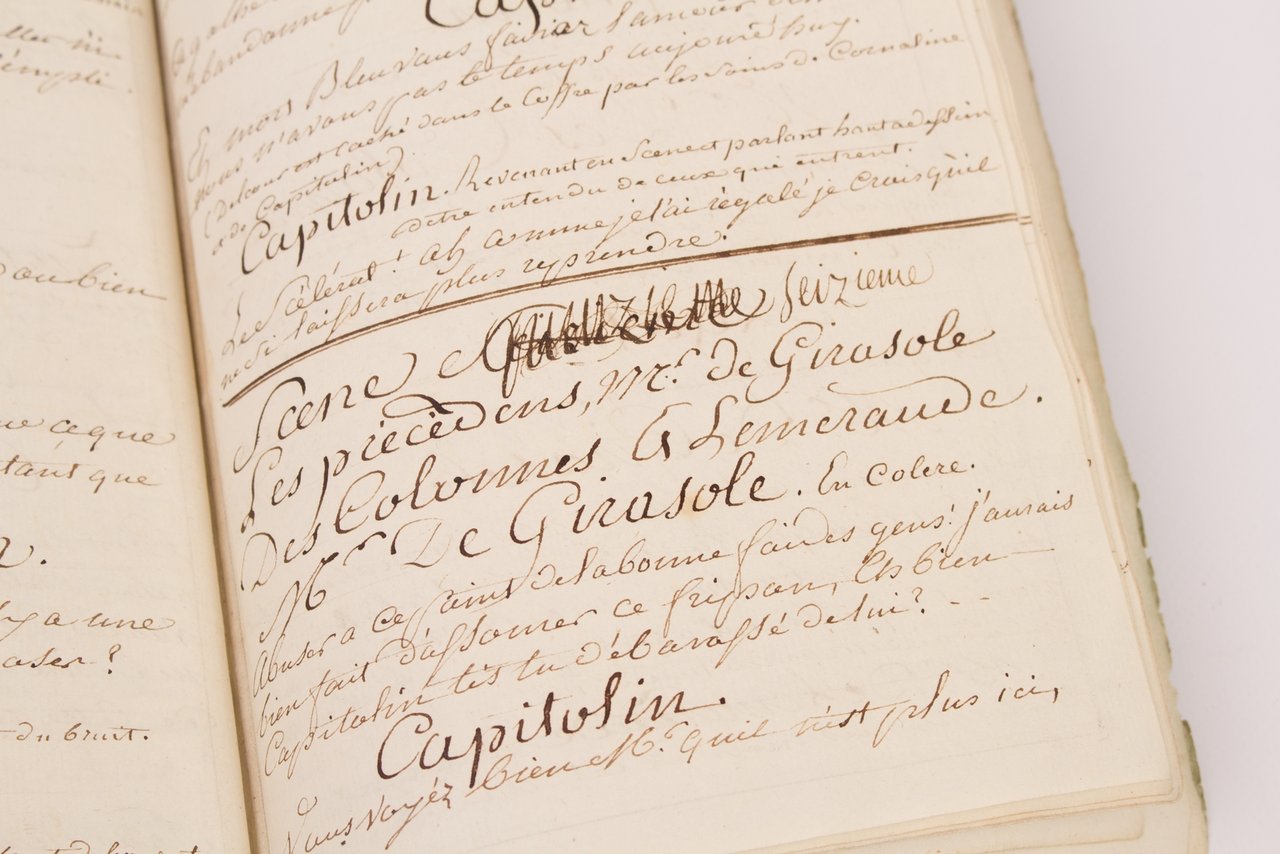
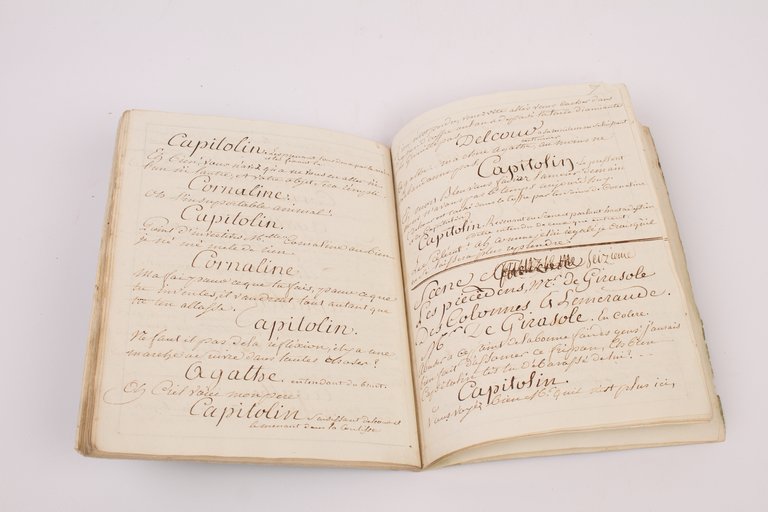
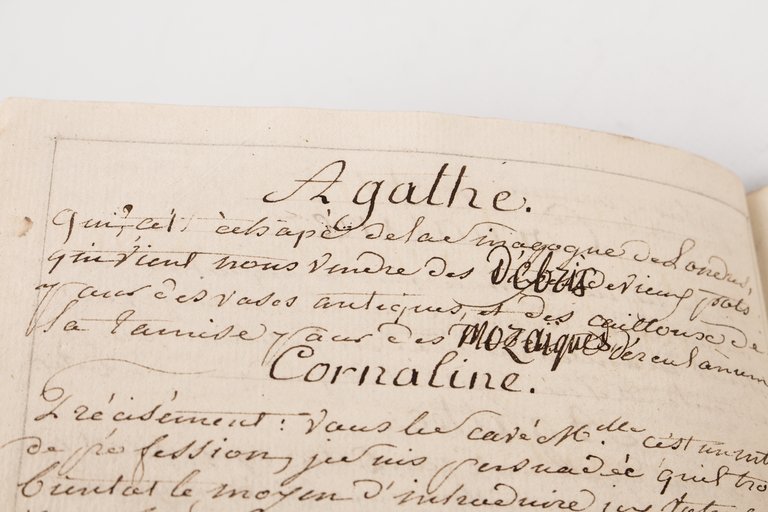
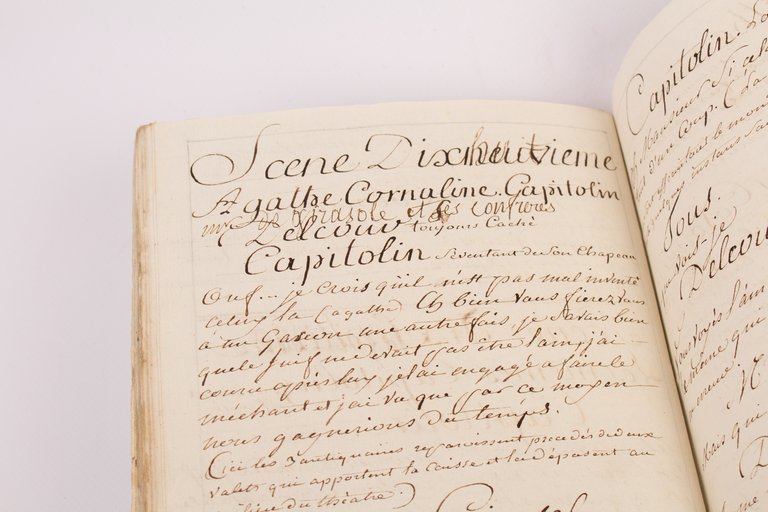
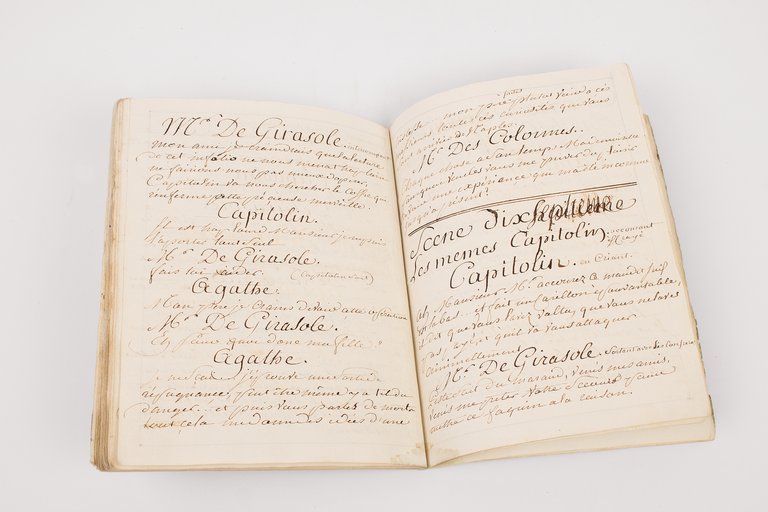
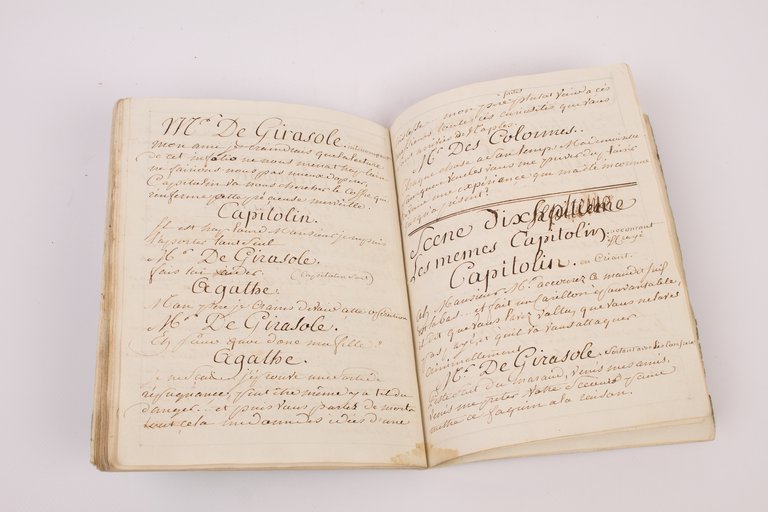
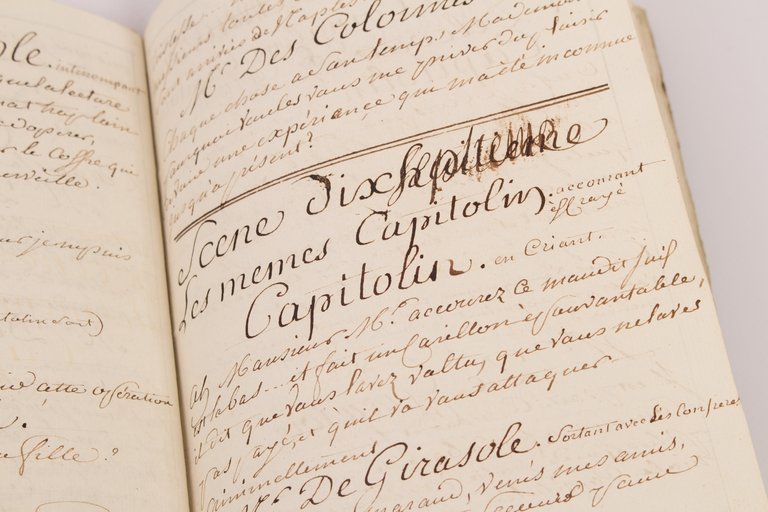
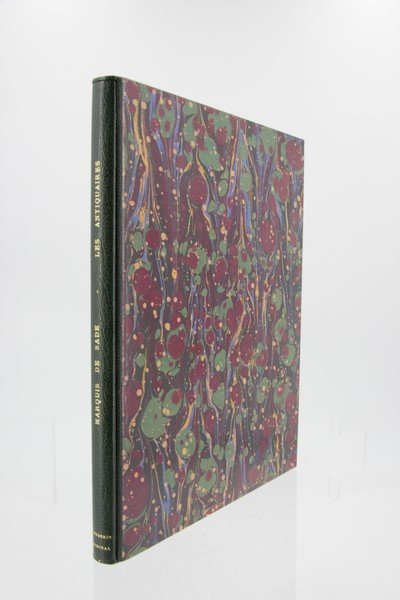
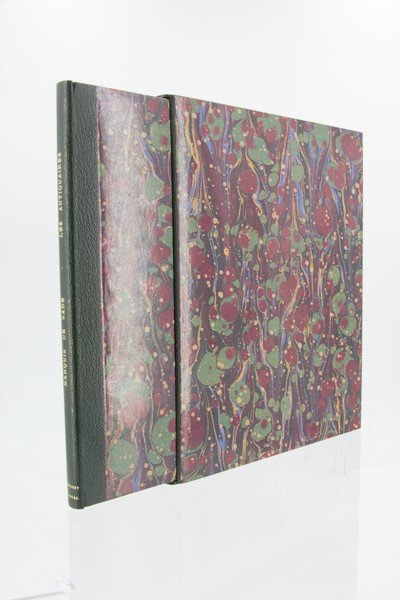
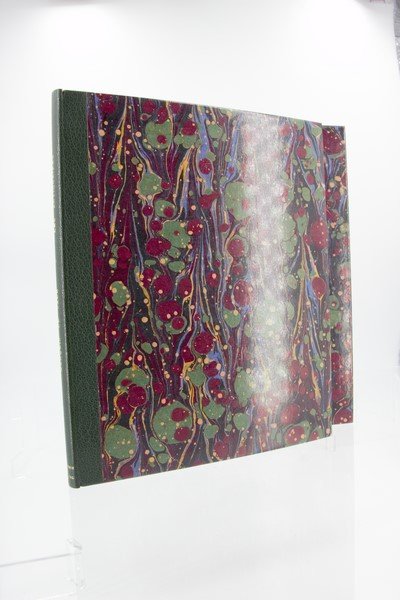

Find out how to use
Find out how to use
